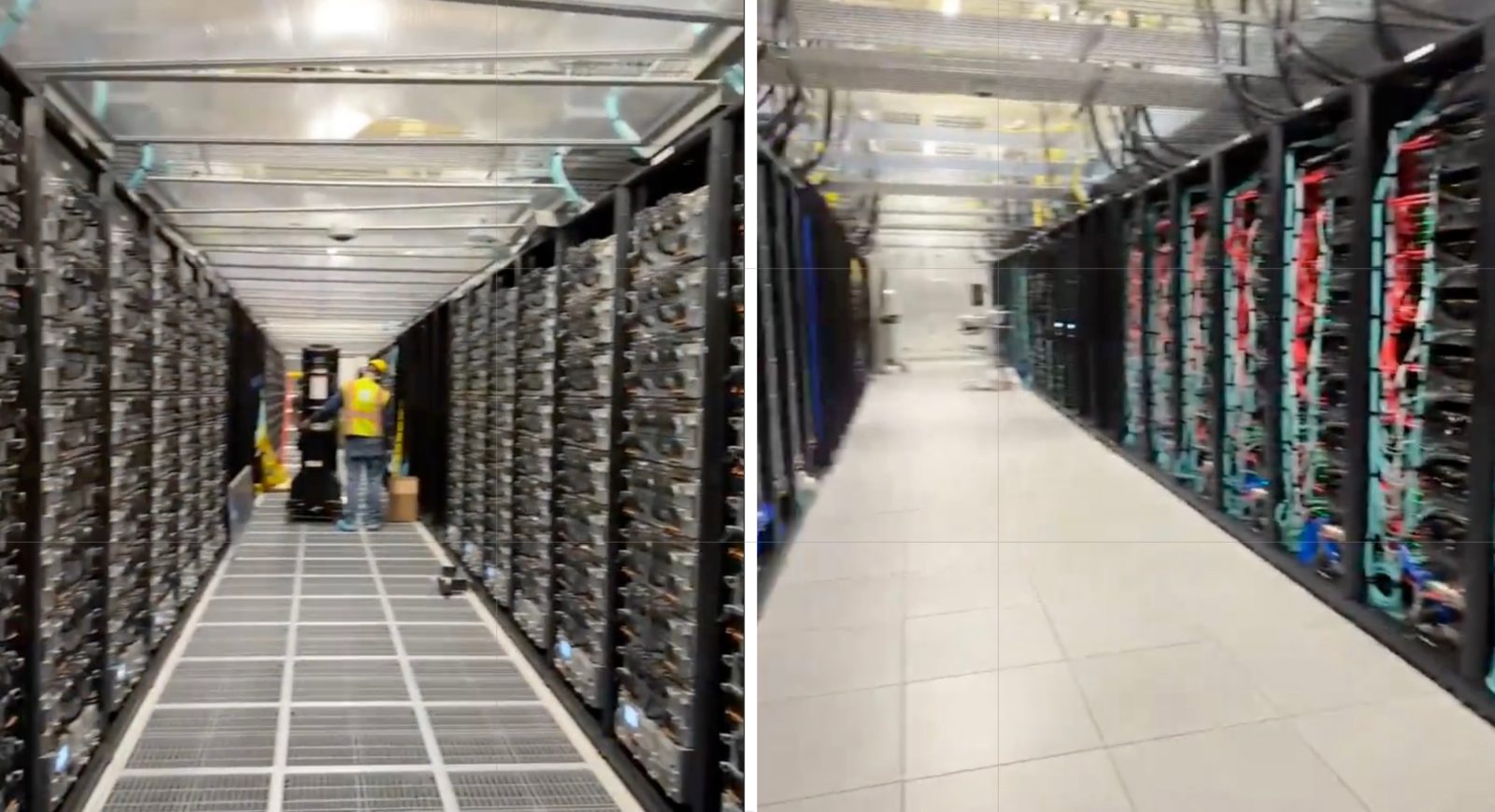
Elon Musk has unveiled Tesla’s new ‘Cortex’ supercomputer, which could become one of the biggest in the world, but it’s not ready quite yet.
This project has been described as critical to Tesla by CEO Elon Musk, who has shifted the automaker’s focus to artificial intelligence in the last few years.
AI needs computing power.
Earlier this year, we reported that Tesla was having issues building a new expansion at Gigafactory Texas to house a new giant supercomputer to train Tesla’s AI.
At the time, we heard that Tesla was aiming for a 100 MW cluster to be ready by August to match the later delayed unveiling of its robotaxi. Musk canceled other projects at Tesla to focus construction resources on the expansion.
Later, Musk revealed that Tesla plans to eventually grow the cluster to over 500 MW and use half NVIDIA processors and half of its own AI hardware. Tesla plans to use this computing power to train its neural nets to deliver its long-promised self-driving capability.
Now, at the end of August, Musk has released a video showing off the supercomputer cluster, now called ‘Cortex’ (sound warning: the video is loud):
The video only shows a small section of the cluster, which has yet to be completed and running properly.
Sources familiar with the matter told Electrek that it is currently running on a temporary cooling system and that it won’t be fully operational until the chiller plant is completed.
Furthermore, Tesla needs more network feeders. Some believed that the new cluster won’t be ready until October, which is when the new unveiling of the Tesla Robotaxi has been pushed.
Electrek’s Take
Delays or no, it’s hard for me to get too excited about this new computing power because Elon said last year that Tesla is no longer compute-constrained when it comes to training neural nets.
We saw very few improvements despite that announcement, which is why I’m skeptical about the impact of Tesla adding over 100 MW of extra power to its training capacity. Sure, it won’t hurt, but how much closer is it going to get us to self-driving?
Even with delays aside, this supercomputer cluster is not without controversy.
Tesla shareholders are suing Musk for multiple breaches of fiduciary duty, including diverting a shipment of NVIDIA processors meant for Tesla to his private company, xAI.
Musk confirmed the shipment was diverted, but he used the excuse that Tesla “didn’t have anywhere to put the processors” – meaning that this expansion at Gigafactory Texas and server room for the cluster weren’t ready.
However, as part of the lawsuit, Musk is going to have to explain why Tesla, which ordered the processors, which he himself agreed are expensive and hard to get, was not ready to receive them but his private startup was.
FTC: We use income earning auto affiliate links. More.


